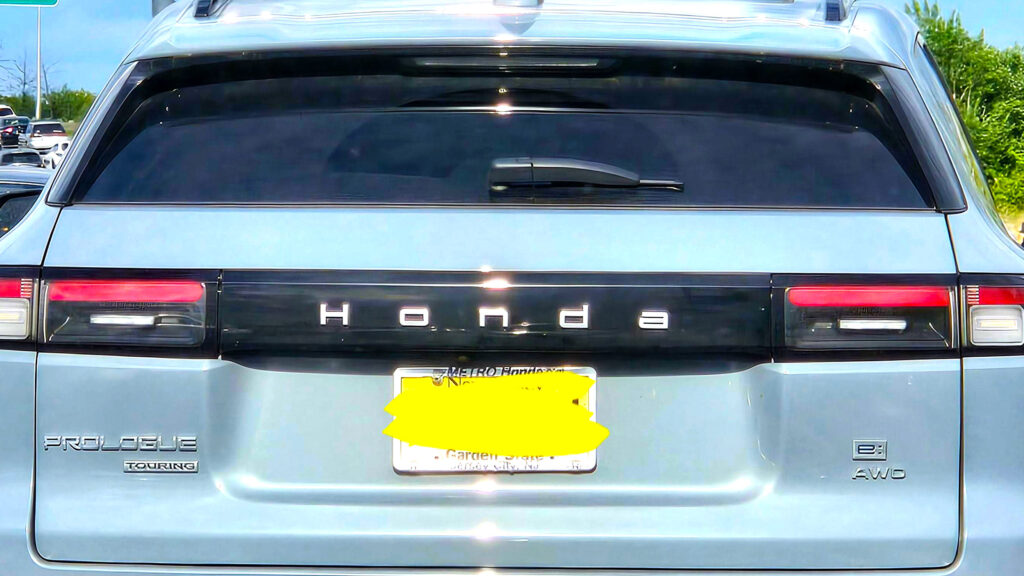Rear Wipers

Ever noticed the seemingly tiny rear wipers on some of those big SUVs rolling down the road? It’s something that catches the eye once seen, and it’s a curious design choice. Whether it’s the Honda Prologue, Jeep Wagoneer, or Ford Bronco Sport, these vehicles have rear wipers that look almost toy-sized when compared to the massive rear windows they’re supposed to clear.
Design Choices

The logic behind these pint-sized wipers is straightforward. Vehicles like the Honda Prologue and Chevrolet Blazer EV, which share undercarriage similarities, sport high beltlines and sleek rear windows. A longer, center-mounted wiper might end up bumping into a protruding spoiler, so manufacturers opt for a smaller blade positioned lower, which cleans just enough of the glass without hitting anything.
The Endemic Tiny Wiper
But it’s not just these models; the Jeep Grand Cherokee L and the Wagoneer are also in on the act. With substantial rear windows, they too are tackling the elements with seemingly inadequate wiper blades. The same trend can be seen on the Ford Bronco Sport. These little blades might give off more of a “more is less” vibe, struggling to do the job on larger surfaces.
Possible Solutions
Not all automakers are resigned to the small-wiper fate. There’s a clever approach seen in vehicles like the Hyundai Tucson and Kia Sportage, where the rear wiper mounts up top under the high spoiler, emerging only when needed. This solution keeps the look clean while maintaining a functional clearing of the window.
Driving the Conversation
While these tiny wipers may seem like a minor grievance, they’re peculiar enough to become a point of conversation among car enthusiasts and an insightful look at how design compromises can affect practicality. Keep an eye out for these tiny wipers next time at the parking lot, because once you notice, they are everywhere. Perhaps it’ll make more people rethink an oddity in automotive design that, while small, might warrant another look at simplicity versus functional utility.
Tiguan R: Revving Back
Cadillac's Luxe Canvas
Rearview Glitch Woes
Range Rover Sport
Nissan Z9 Steals Show